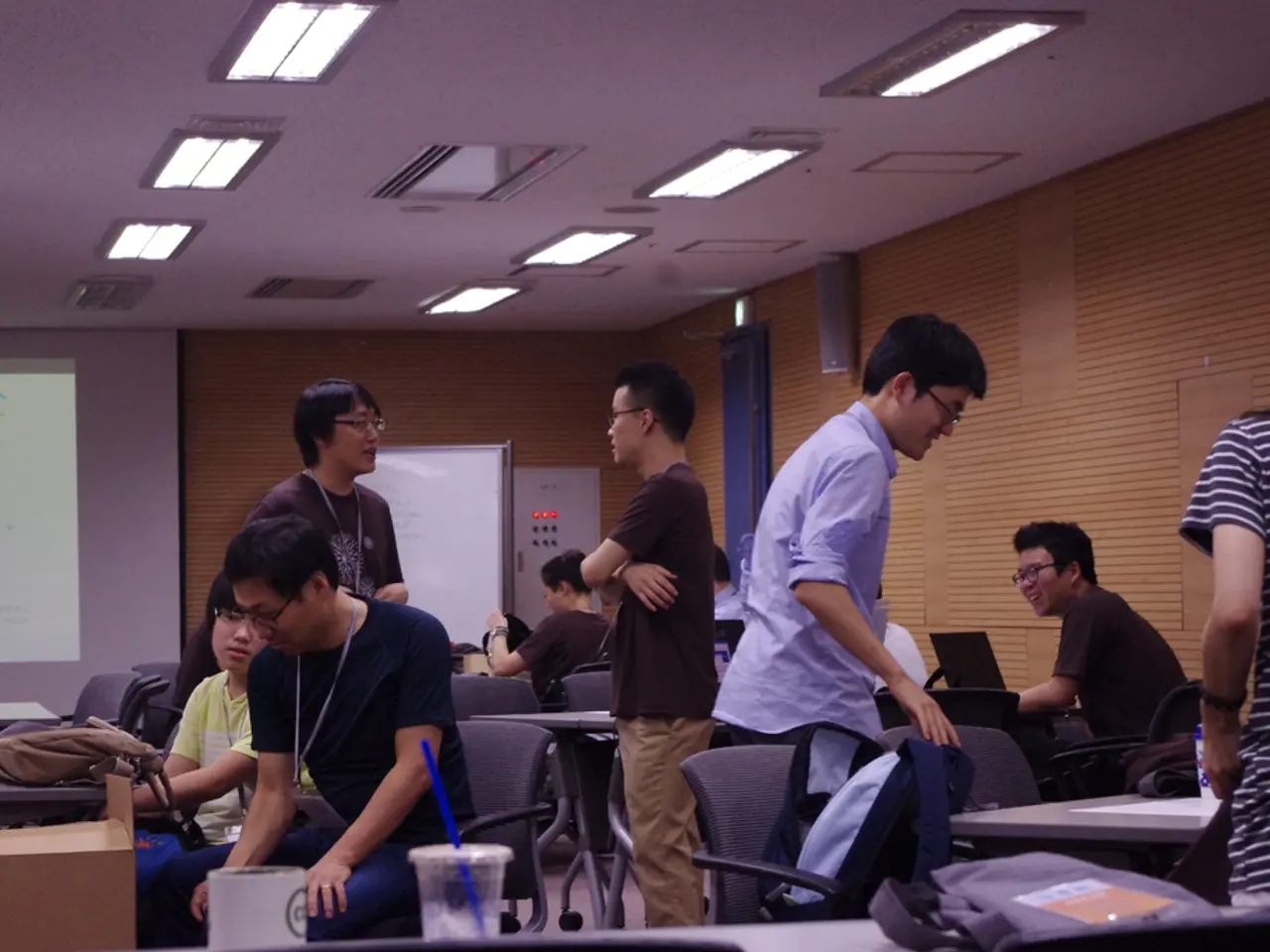Boosting Participation: Inspiring Students with Academic Challenges
In a classroom setting, every student deserves to thrive. This is especially true for students with learning disabilities, who often face unique challenges in acquiring, processing, and using information effectively. By adopting best practices that focus on creating a supportive, engaging, and confidence-building environment, educators can help bridge the gap between these challenges and each student's potential.
Peer support can serve as a vital source of motivation, fostering a sense of belonging and enhancing self-esteem. Peer mentoring programs, for instance, pair students with peers who offer academic support, guidance, and encouragement, boosting morale and cultivating resilience. Engaging in group activities and projects allows students to share their ideas, fostering an atmosphere of mutual respect and understanding.
Fostering a culture of respect and acceptance is vital for creating an inclusive classroom environment. This culture extends beyond the students, involving parents and the wider community. Increasing collaboration between schools, families, and community resources amplifies the support network for students, promoting sustained motivation.
Educators significantly influence motivating students with learning disabilities. They can establish trust and positive relationships by greeting students warmly and showing genuine interest, which fosters a sense of connection essential for motivation. Active listening demonstrates respect and care, helping educators identify specific motivators for each student.
Measuring success involves assessing academic achievements, engagement, and personal growth over time, while adaptability in teaching strategies ensures that interventions meet individual needs. Setting achievable goals is a key strategy for motivating students with learning disabilities. Regular feedback and encouragement build student confidence and create a more motivated and engaged classroom atmosphere.
The pressure to meet academic standards can contribute to a sense of frustration and defeat in students with learning disabilities. To combat this, educators can incorporate engaging methods like gamification (e.g., badges, leaderboards) to make learning fun and motivate through positive competition and achievement markers. Connecting learning to students' interests and real-world experiences builds intrinsic motivation, making learning feel meaningful and relevant.
Promoting student agency by allowing choices in topics and learning methods fosters ownership and motivation through personal relevance and autonomy. Building a collaborative classroom culture where students support one another can enhance social motivation and reduce feelings of isolation. Fostering a growth mindset by teaching about neuroplasticity and encouraging reflection on progress helps students view challenges as opportunities for learning rather than failures.
Utilizing interactive and multimedia tools captures interest and accommodates diverse learning needs, appealing especially to students with learning disabilities. Incorporating technology, visual aids, hands-on materials, group activities, and real-world applications can enhance engagement and learning outcomes. Emerging technologies and innovative teaching methods, such as personalized learning, gamification, and social-emotional learning, are transforming the way we motivate students with learning disabilities.
Understanding individual needs, interests, and challenges allows educators to tailor their support, cultivating a sense of belonging. Adapting teaching strategies is vital for motivating students with learning disabilities and facilitating their academic growth. Learning disabilities refer to a variety of disorders, including dyslexia, dyscalculia, and dysgraphia, each requiring tailored strategies for facilitating learning.
Effective identification of learning disabilities plays a vital role in motivating students with learning disabilities. Identifying these learning disabilities often involves assessments from educational psychologists or specialized professionals. Differentiated instruction, flexible grouping, and accessible resources are essential for creating an inclusive classroom environment.
In conclusion, the current best practices for motivating students with learning disabilities focus on creating a supportive, engaging, and confidence-building environment that promotes autonomy, relevance, and positive reinforcement. By implementing these strategies, educators can help students with learning disabilities overcome their challenges, thrive academically, and reach their full potential.
Peer mentoring programs in education-and-self-development can boost morale, cultivate resilience, and foster a sense of belonging for students with learning disabilities, driving personal growth through learning. Engaging in group activities and projects facilitates mutual respect and understanding, promoting personal growth in a supportive and confidence-building environment.
By adopting e-learning strategies that cater to diverse learning needs, such as incorporating interactive and multimedia tools, educational technologies, and personalized learning, educators can enhance engagement and learning outcomes for students with learning disabilities, thereby fostering their personal growth.




